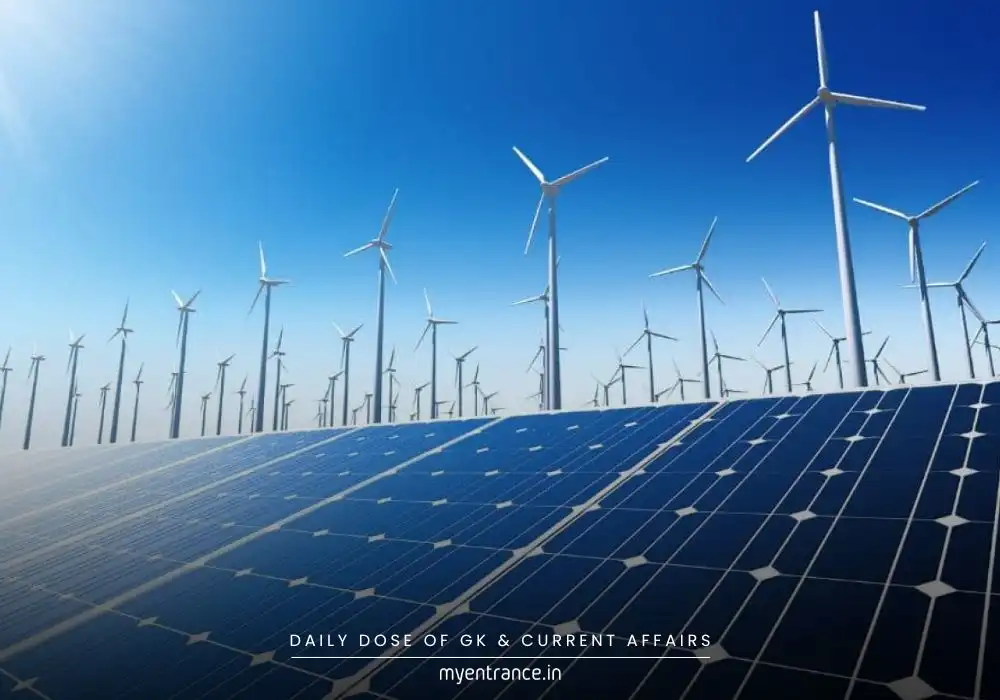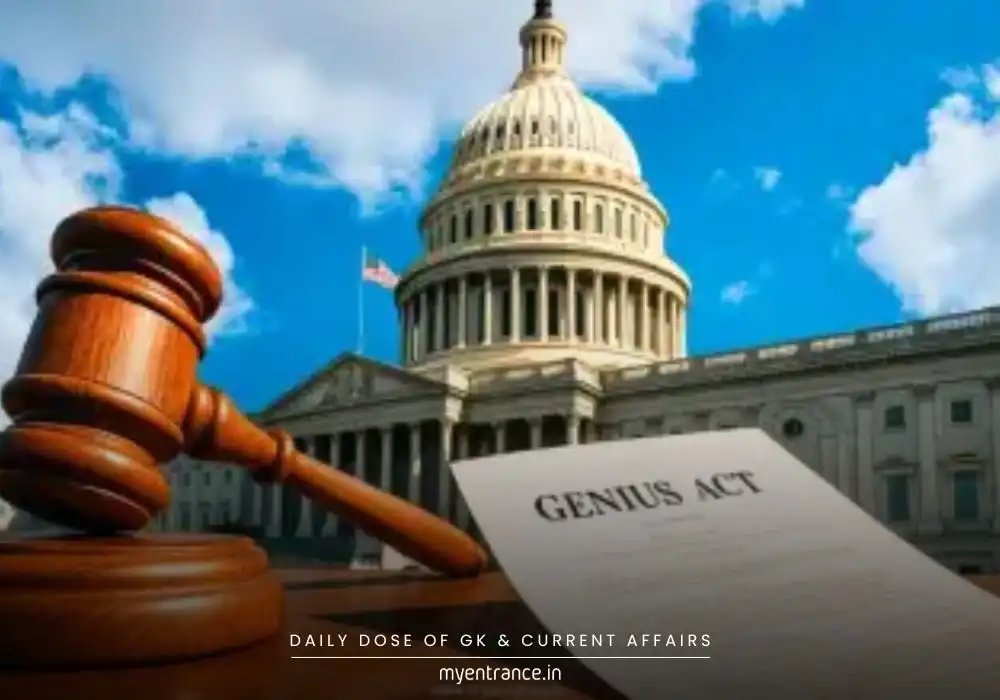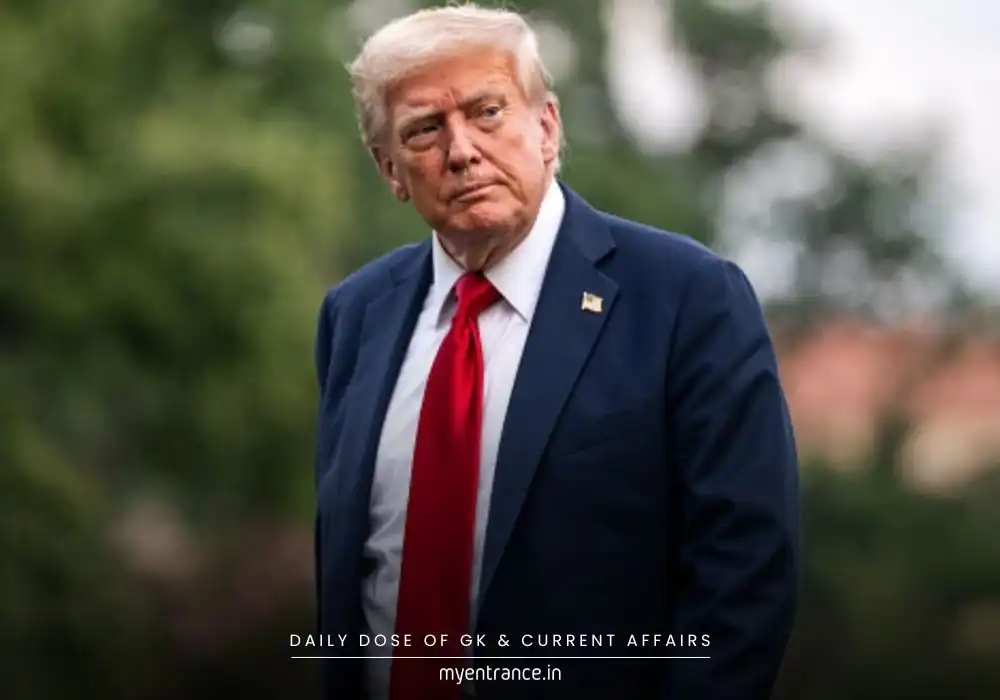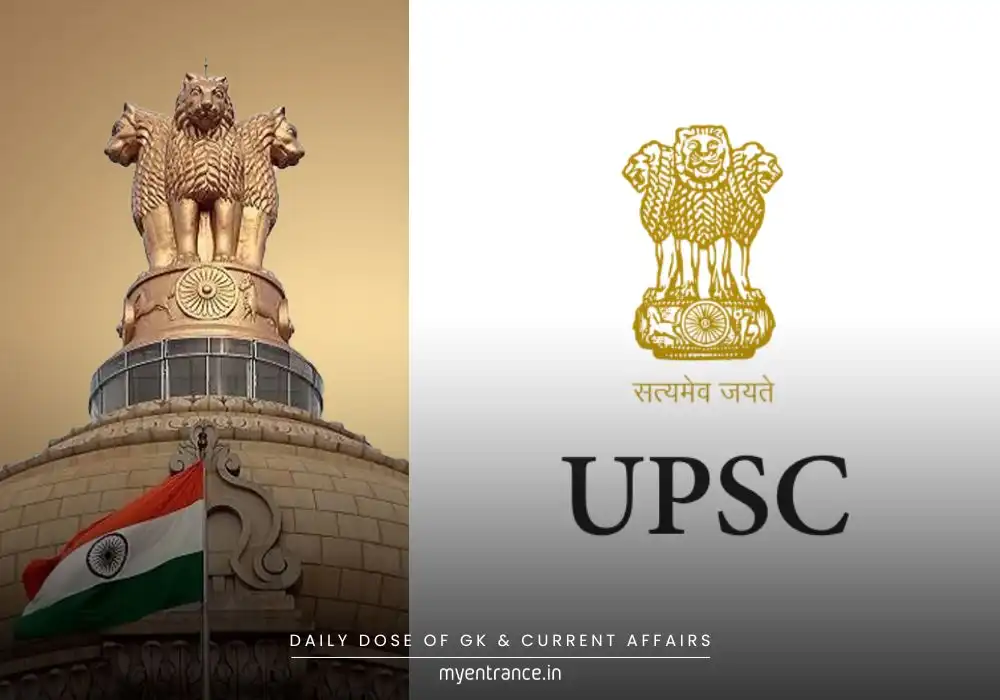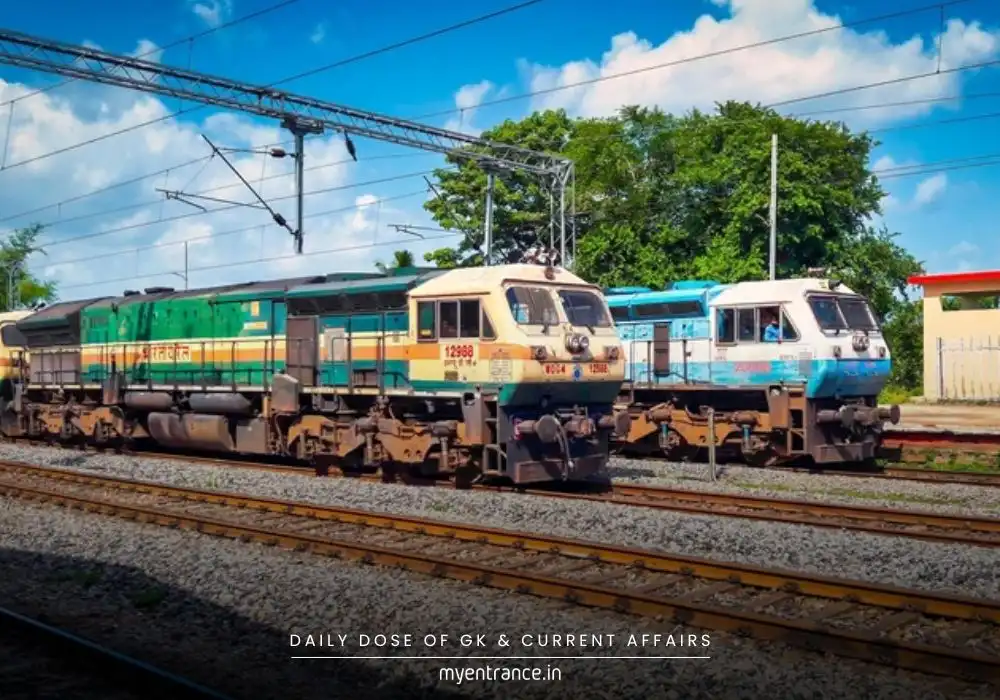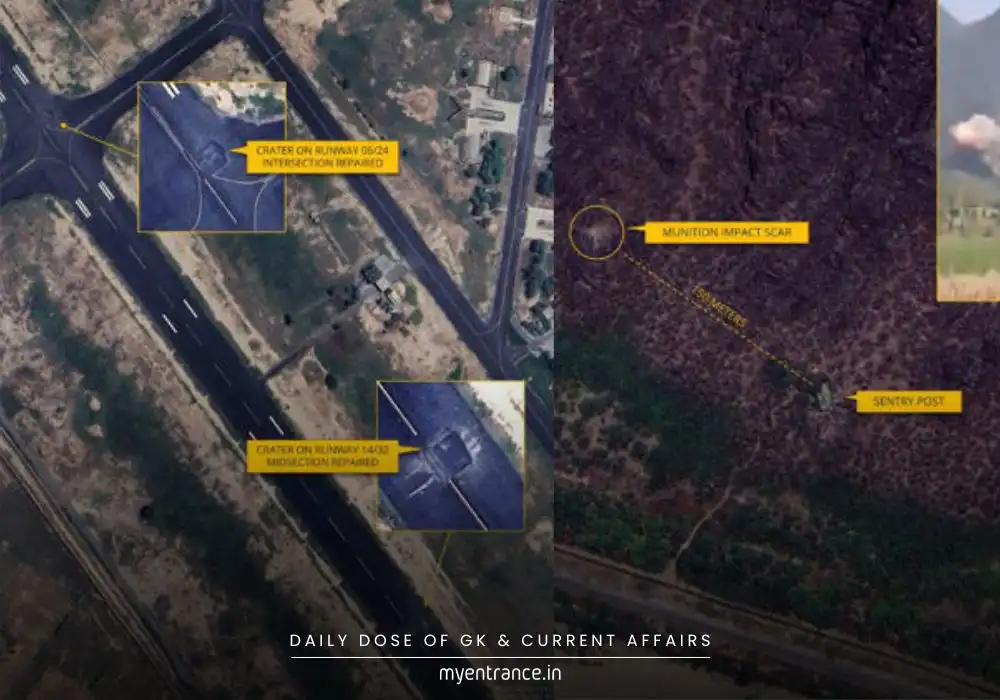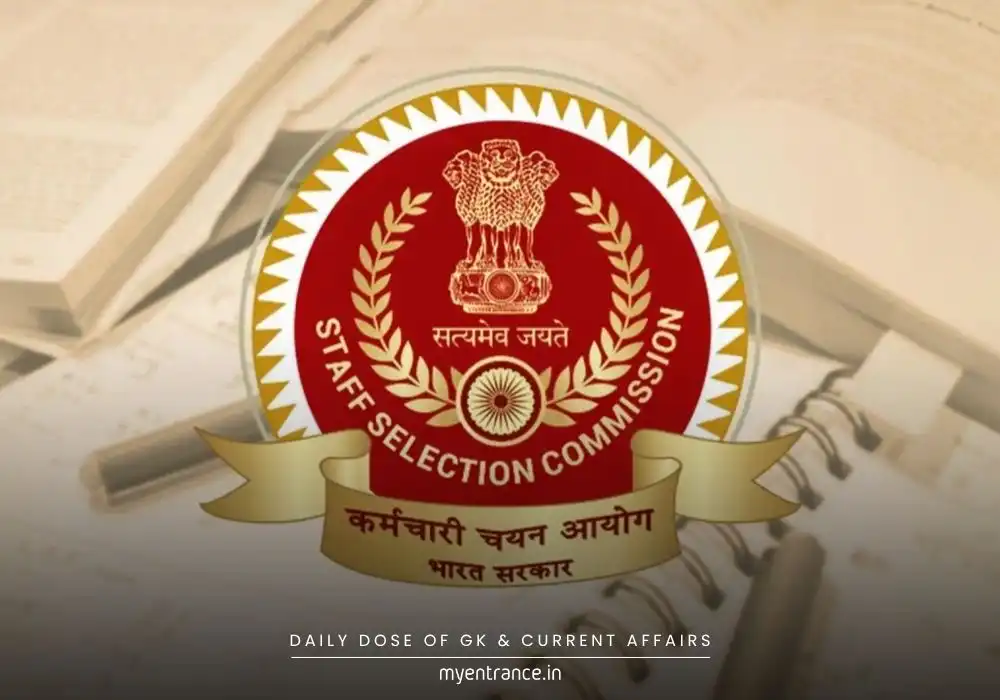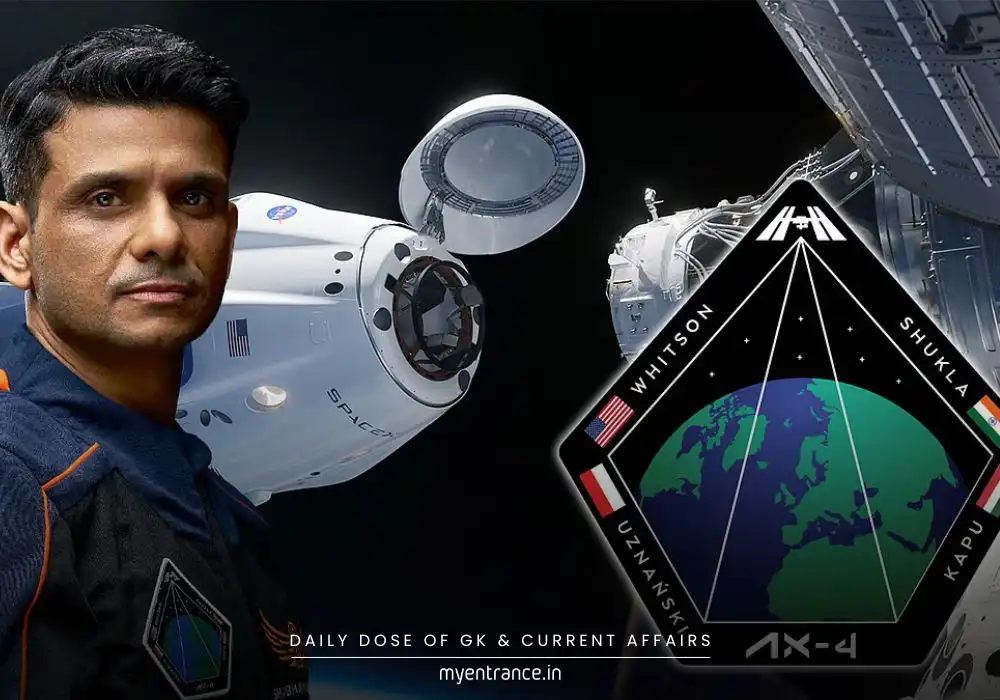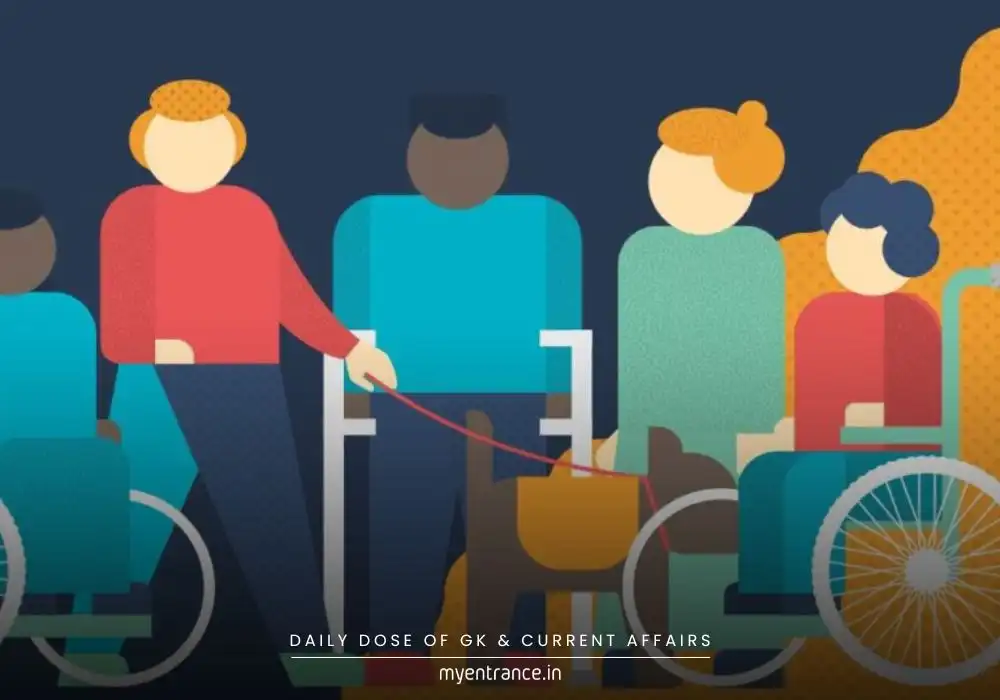Translate Language
India-US FTA Talks: Can New Rules of Origin Hinder Chinese Imports?
The US is tightening its trade policies to prevent Chinese goods from entering its market through indirect routes like transshipment. As India negotiates an FTA with the US, this scrutiny could pose challenges, especially given India’s growing trade ties with China.
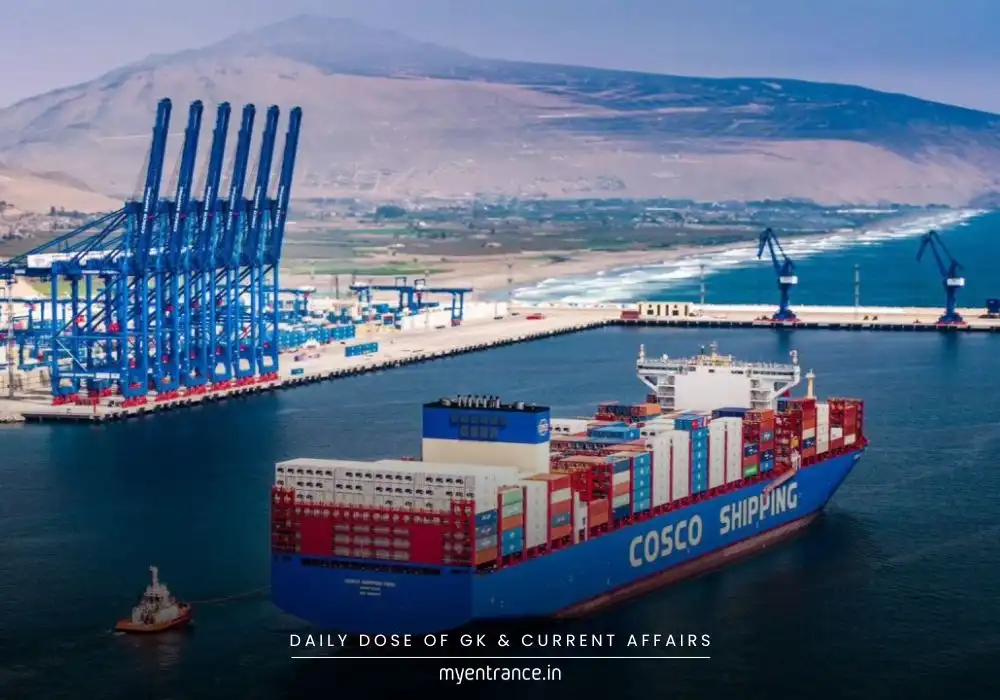
US Concerns Over Transshipment & India’s Trade Dilemma
The US has been sending warnings to multiple countries, including India, about imposing higher tariffs on goods suspected of being transshipped—imported from one country (like China) and exported to another (like the US) with minimal value addition.
Key Issues at Play:
What is Transshipment?
It’s a trade practice where goods are rerouted through a third country to avoid tariffs. For example, Chinese products entering the US via India without significant processing.
Rules of Origin (RoO):
These determine whether a product qualifies for preferential tariffs under an FTA. The US may enforce stricter RoO clauses to block Chinese goods entering through India.
India’s Trade Data Trends:
Exports to the US ↗️: Rose by 27.31% in April 2025 ($8.41 billion vs. $6.61 billion in 2024).
Imports from China ↗️: Increased by 27.03% in the same period ($9.90 billion vs. $7.79 billion).
This parallel rise raises concerns about possible transshipment.
Why Is This a Problem for India?
Manufacturing Dependency on China:
Despite opting out of the China-led RCEP, India’s imports from China hit $113 billion in FY25, affecting sectors like solar energy and electronics.
US Trade Barriers:
If the US imposes stricter RoO, Indian exports with Chinese inputs could face higher tariffs, impacting competitiveness.
India’s Industrial Challenges:
Weak logistics, lack of expertise, and cheaper Chinese goods have hindered domestic manufacturing growth.
Sample Questions & Answers for Competitive Exams
Q1: What is transshipment in international trade?
A: Transshipment refers to rerouting goods through an intermediary country to evade tariffs, often without significant value addition.
Q2: How can Rules of Origin (RoO) prevent tariff evasion?
A: RoO ensures only goods meeting specific local production criteria get preferential tariffs, blocking disguised imports.
Q3: Why is the US concerned about transshipment from India?
A: Rising Indian exports to the US alongside surging Chinese imports suggest possible rerouting of Chinese goods.
Q4: How did India’s trade with the US and China perform in April 2025?
A: Exports to the US grew 27.31%, while imports from China rose 27.03%, indicating a parallel increase.
Q5: What challenges does India face in reducing reliance on Chinese imports?
A: Cheap Chinese products, industrial overcapacity in China, and India’s weak manufacturing infrastructure are key hurdles.
Why Is This Important for Exams?
UPSC/PSC/SSC: Covers international relations, trade policies, and economic trends under GS-II/III.
NID/NIFT/KAS: Tests awareness of global trade dynamics affecting India’s economy.
Current Affairs Relevance: Directly linked to bilateral agreements, US-India-China relations, and India’s trade deficit.
Final Takeaways
The US’s transshipment crackdown could complicate India’s FTA negotiations.
India must balance its manufacturing reliance on China while meeting US trade expectations.
Stricter RoO may safeguard US markets but could pressure India’s export-driven sectors.
For more exam-focused insights and mock tests, visit MyEntrance.in!
Get 3 Months Free Access for SSC, PSC, NIFT & NID
Boost your exam prep!
Use offer code WELCOME28 to get 3 months free subscription. Start preparing today!
